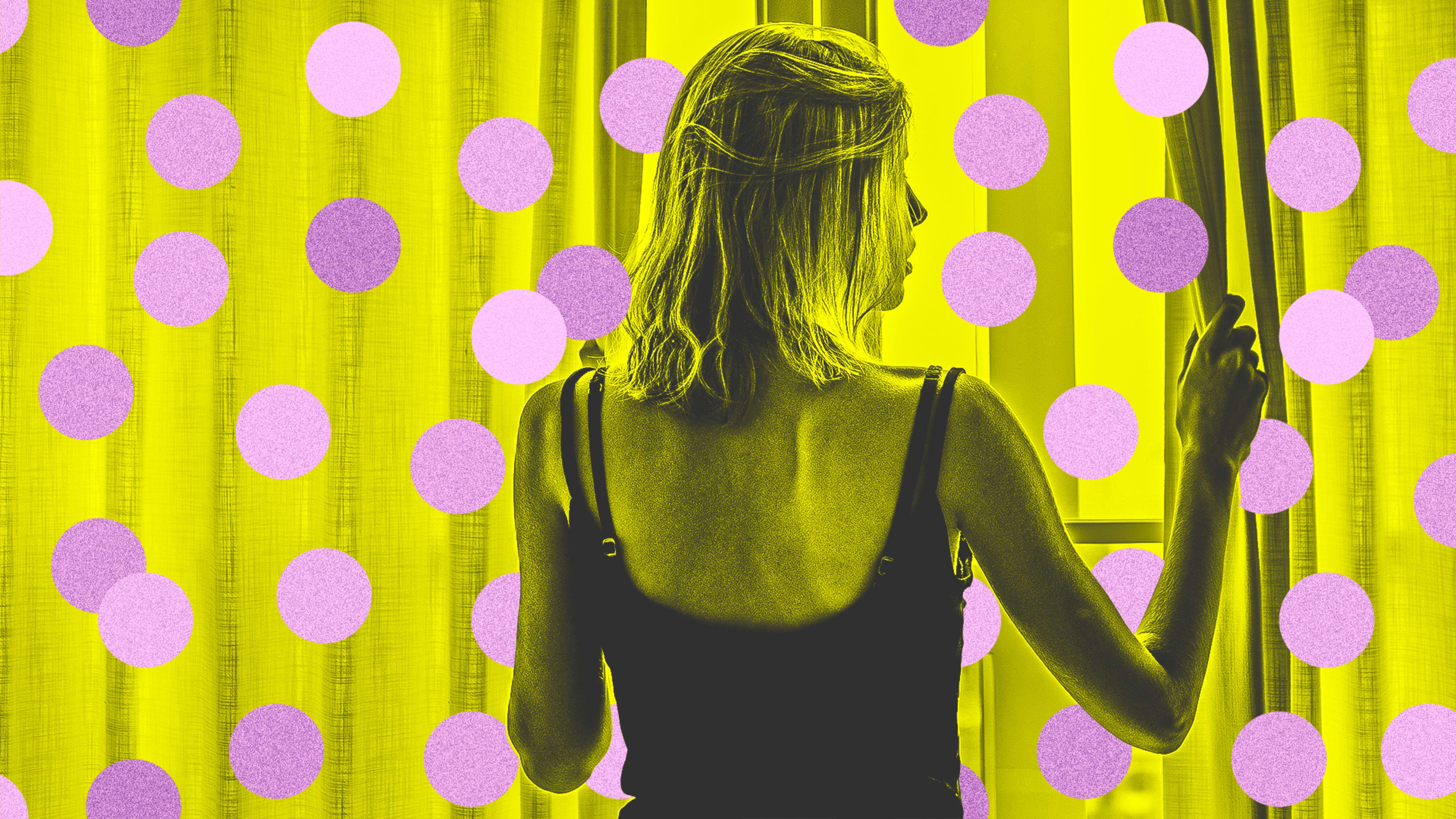The Centers for Disease Control and Prevention (CDC) just shortened its guidance on isolation and quarantines for “the general population” on the heels of a spike in infections and left epidemiologists, public health experts, and business leaders clamoring for a revision.
The new guidelines set the isolation period to five days, down from 10 days for “everyone, regardless of vaccination status” if they test positive for COVID. “If you have no symptoms or your symptoms are resolving after five days, you can leave your house,” the CDC said in a statement, but recommended mask wearing for an additional five days.
For those who don’t have symptoms but have been exposed to someone who has tested positive, it’s a bit more complex.
- Those who received a booster, or had two Pfizer or Moderna vaccines within the last six months, or got the first J&J vaccine within the last two months are required to wear a mask around others for five days and test on the fifth day after exposure, if possible.
- Those who haven’t been boosted, or remain unvaccinated should stay home for five days and get tested on the fifth, if possible.
“CDC’s updated recommendations for isolation and quarantine balance what we know about the spread of the virus and the protection provided by vaccination and booster doses,” said CDC Director Dr. Rochelle Walensky. “These updates ensure people can safely continue their daily lives.”
Walensky’s statement squares with commentary from Dr. Anthony Fauci, director of the National Institute of Allergy and Infectious Diseases. “With the sheer volume of new cases that we are having and that we expect to continue with Omicron, one of the things that we want to be careful of is that we don’t have so many people out,” Fauci told CNN. “We want to get people back to the jobs, particularly the essential jobs, to keep society running smoothly.”
These revised guidelines follow of the heels of the CDC’s decision last week to update its guidance for healthcare workers who test positive. They’re now allowed to return to work after seven days if there are no symptoms and negative test results, and “that isolation time can be cut further if there are staffing shortages,” according to the CDC. No quarantines are required for those who’ve had boosters and are asymptomatic.
While the new guidelines attempt to address a need for keeping workers at work, the revision doesn’t address the fact that boosters aren’t yet approved for children. The CDC hasn’t updated its guidelines for childcare providers since June, forcing many working parents to continue to piece together childcare while navigating conflicting city and state regulations for schools and long waits for PCR test results.
New York City, for its part, just announced a plan to keep classrooms open in January by making millions of at-home tests available to schools. Kids who are exposed in the classroom can continue attending if they test negative via a rapid at-home test administered by their school.
Recognize your brand’s excellence by applying to this year’s Brands That Matter Awards before the final deadline, June 7.
Sign up for Brands That Matter notifications here.
